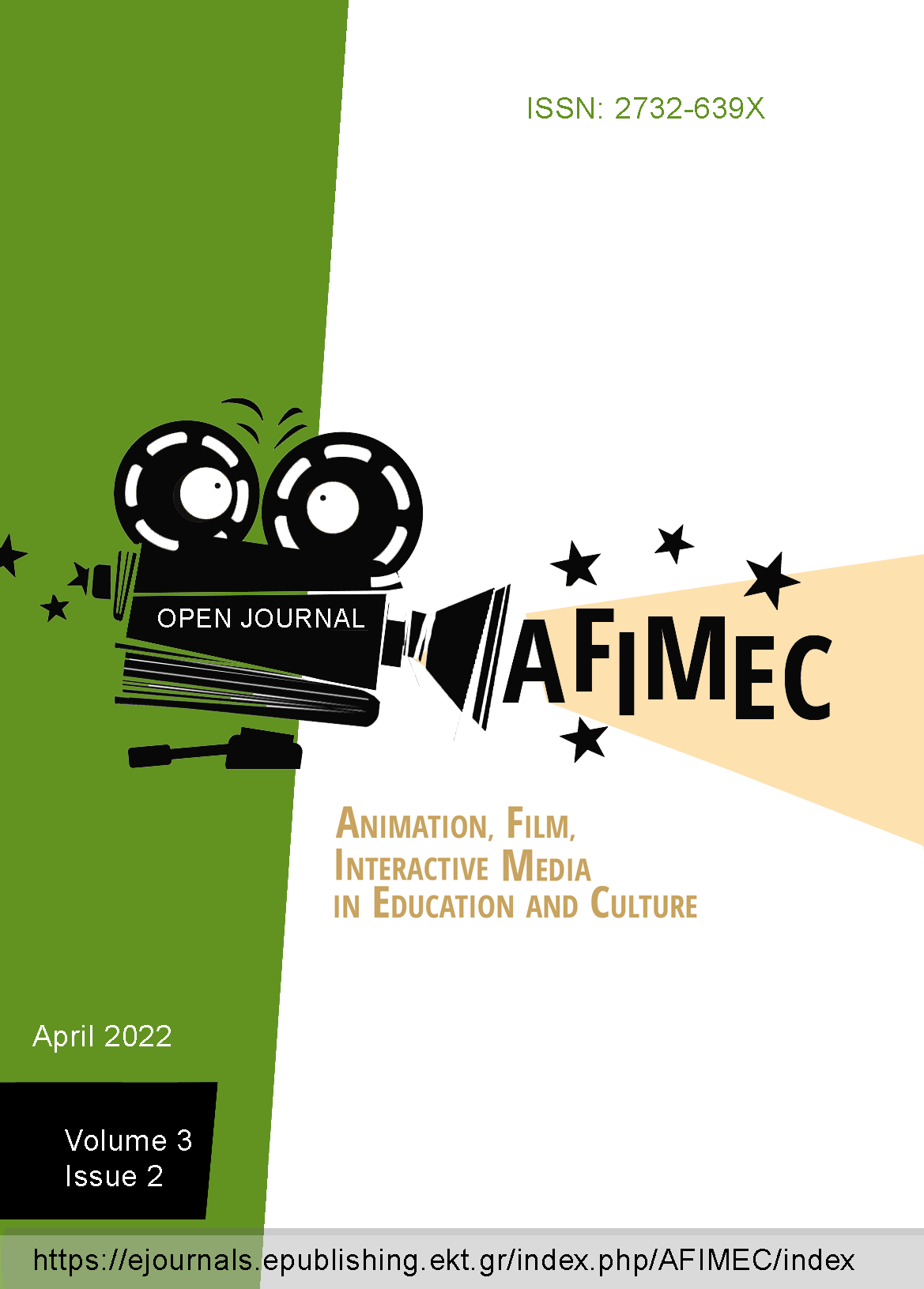Οπτικοποίηση Εκπαιδευτικών Σεναρίων στο πεδίο των Φυσικών Επιστημών με δυνατότητες διαδραστικής παιχνιδοποίησης (Gamification) και animation

Abstract
The purpose of this article examines the capabilities of interactive applications of the augmented reality animation games in the learning process. For this purpose, the perspectives of augmented reality were first examined in a theoretical background. Furthermore, their educational benefits in the educational process were identified, as well as their possible limitations. In addition, this study also investigates the contribution of the interactive animation in the educational field of the physical sciences and analyzes the prospects of the simulation of the AR technology through them. Moreover, the term gamification was presented and the advantages of using and applying its techniques and features were mentioned in the educational environment. The findings from the qualitative research have helped create a pilot augmented reality application using interactive animation. Finally, the development stages of multimedia interactive software were presented emphasizing on various tools.
Article Details
- How to Cite
-
Αγγελίνας Σ. . (2022). Οπτικοποίηση Εκπαιδευτικών Σεναρίων στο πεδίο των Φυσικών Επιστημών με δυνατότητες διαδραστικής παιχνιδοποίησης (Gamification) και animation. Open Journal of Animation, Film and Interactive Media in Education and Culture [AFIMinEC], 3(2). https://doi.org/10.12681/afiinmec.30071
- Section
- Articles
- Οι Συγγραφείς διατηρούν τα Πνευματικά Δικαιώματα και χορηγούν στο περιοδικό το δικαίωμα της πρώτης δημοσίευσης ενώ ταυτόχρονα τα πνευματικά δικαιώματα της εργασίας προστατεύονται σύμφωνα με την Creative Commons Attribution License που επιτρέπει σε τρίτους - αποδέκτες της άδειας να χρησιμοποιούν την εργασία όπως θέλουν με την προϋπόθεση της διατήρησης των διατυπώσεων που προβλέπονται στην άδεια σχετικά με την αναφορά στον αρχικό δημιουργό και την αρχική δημοσίευση σε αυτό το περιοδικό.
- Οι Συγγραφείς μπορούν να συνάπτουν ξεχωριστές, και πρόσθετες συμβάσεις και συμφωνίες για την μη αποκλειστική διανομή της εργασίας όπως δημοσιεύτηκε στο περιοδικό αυτό (π.χ. κατάθεση σε ένα ακαδημαϊκό καταθετήριο ή δημοσίευση σε ένα βιβλίο), με την προϋπόθεση της αναγνώρισης και την αναφοράς της πρώτης δημοσίευσης σε αυτό το περιοδικό.


